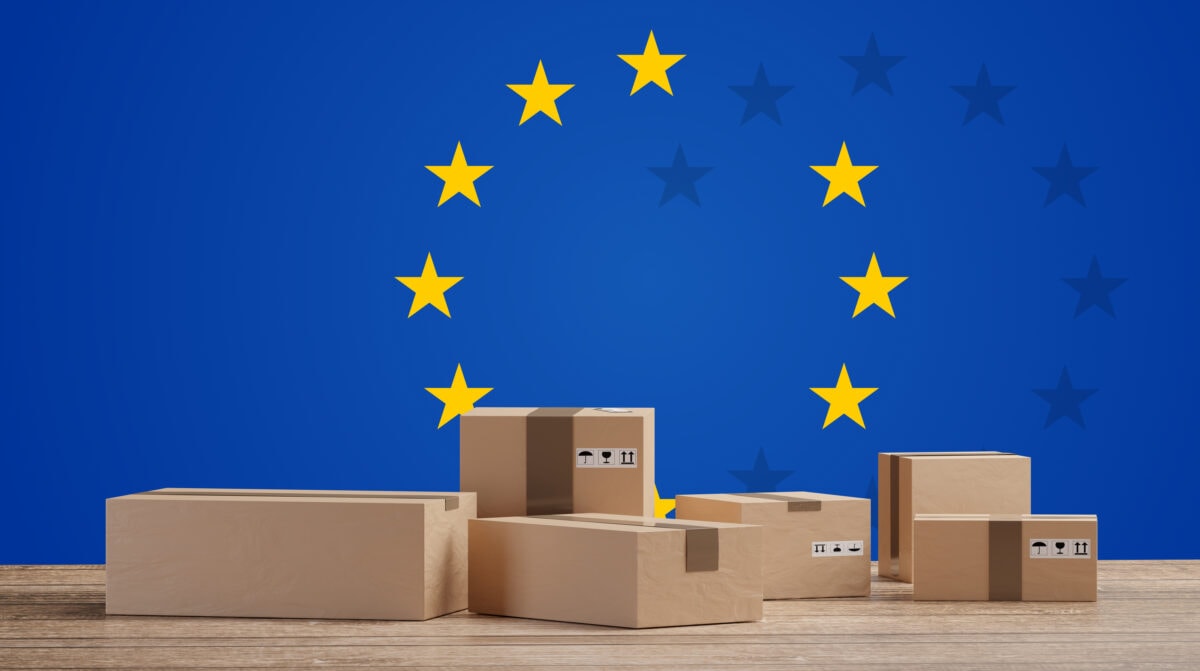Christmas preparations are likely to be a bit different this year. With many physical toy shops closed, and shoppers often preferring to avoid the crowds, many parents will be shopping online for gifts this year. This will mean shopping early to make sure everything is delivered on time. It will also mean paying extra care and attention to avoid buying from dishonest traders who use loopholes in EU law to sell unsafe toys via online marketplaces.
Our shopping tips below can help consumers make sure they are buying safe toys online this Christmas.
Check out our video on Toy Safety Tips here to find out even more ways to help children have the safest play experience over the holidays.
TIE’s Online Toy Shopping Tips
BEFORE ADDING TO YOUR BASKET
- Know who you are buying from – have a look at the name of the seller – is it a brand or company that you recognise? If not, are they a real company (do they have a website, registered address etc.) when you search for them online?
- Check what other people who have bought the toy say – look at the different product reviews – sometimes positive reviews are actually fake, so make sure to also check out why people who have given bad reviews aren’t happy! You may also want to check out the reviews of other products that the seller has sold – do any of them mention issues with safety?
- Consider whether the toy you are thinking to buy is a genuine bargain – does the price of the toy compare to similar products? Is the toy you are looking at substantially cheaper from this seller than from other sources? Are toys in the category – for example fashion dolls or toy cars – sold at around about the same price? Remember, there will be a reason for these differences, it could be due to the seller cutting down on safety related costs.
- Check the name of the product and brand in the listing and in the photos – is everything spelt correctly? If the toy is from a known brand or is one of this year’s best sellers, do the logo, name and toy match the advertisements that you have seen elsewhere?
- Look through the images of the toy in the listing – if a child is shown playing with a toy, does the toy appear to be the same size in relation to the measurements provided in the toy’s description? Are any children shown playing with the toy within the toy’s recommended age range – this is especially important to look out for with toys that are not suitable for children under 3 years old, this is not a mistake that reputable manufacturers will make.
WHEN THE TOY ARRIVES
- Check the external packaging is in good condition and the toy hasn’t been degraded during delivery – is there any water damage or signs of impact that may harm the toy’s physical integrity?
- Verify if the customs declaration matches your order if the toy has been shipped from outside of the EU – has the package been labelled as a gift? Does the value match the price you paid? Does the return address match that of the seller?
- Consider whether the toy looks like you expected it would when you ordered – does it match parts of the description – such as size? Does it look like it did in the picture?
- Check that information on the toy’s packaging is provided in the language(s) of the country you live in – if not, then this might be a sign that it should not be sold in your country or even the EU.
- Check for the address of the manufacturer or EU importer on the toy or its packaging – these are legal requirements for all toys being sold in the EU.
BEFORE YOU GIVE THE TOY TO A CHILD
- Remove all packaging and make sure you dispose of it correctly – especially important if there are young children around who could be at risk of suffocation if they play with any discarded plastic bags.
- Check the toy for any damage – make sure there are no small parts that shouldn’t be there, there is no loose stuffing material, and battery compartments are completely secured.
- Read (and follow) all warnings and information about proper use – they are there for a reason.
- Supervise initial play – watch out for things like small parts snapping off, threads becoming loose or paint flaking. If this happens, take the toy away from the child.
IF YOU SUSPECT A PROBLEM
- Report potentially unsafe toys – if you suspect a toy you have bought via an online market place to be unsafe or illegal, please contact the relevant authority in your country, the platform you bought the toy from and the seller. It is also helpful to write a review to warn other online shoppers.


